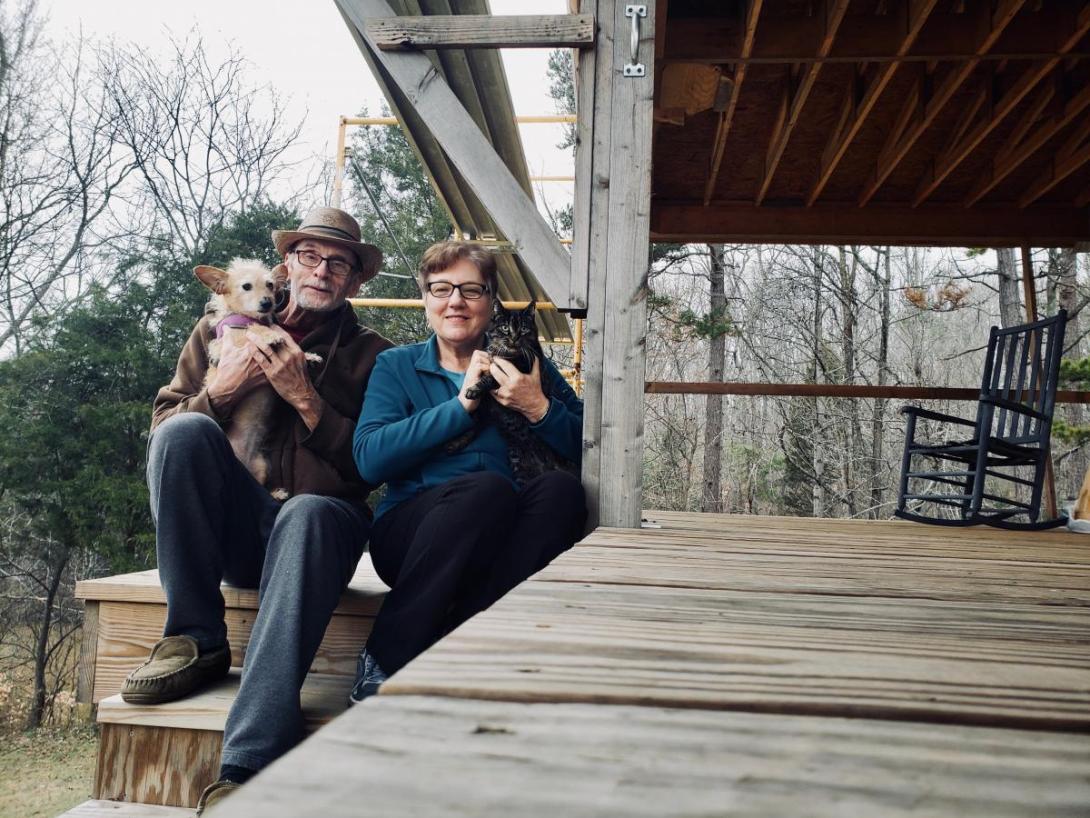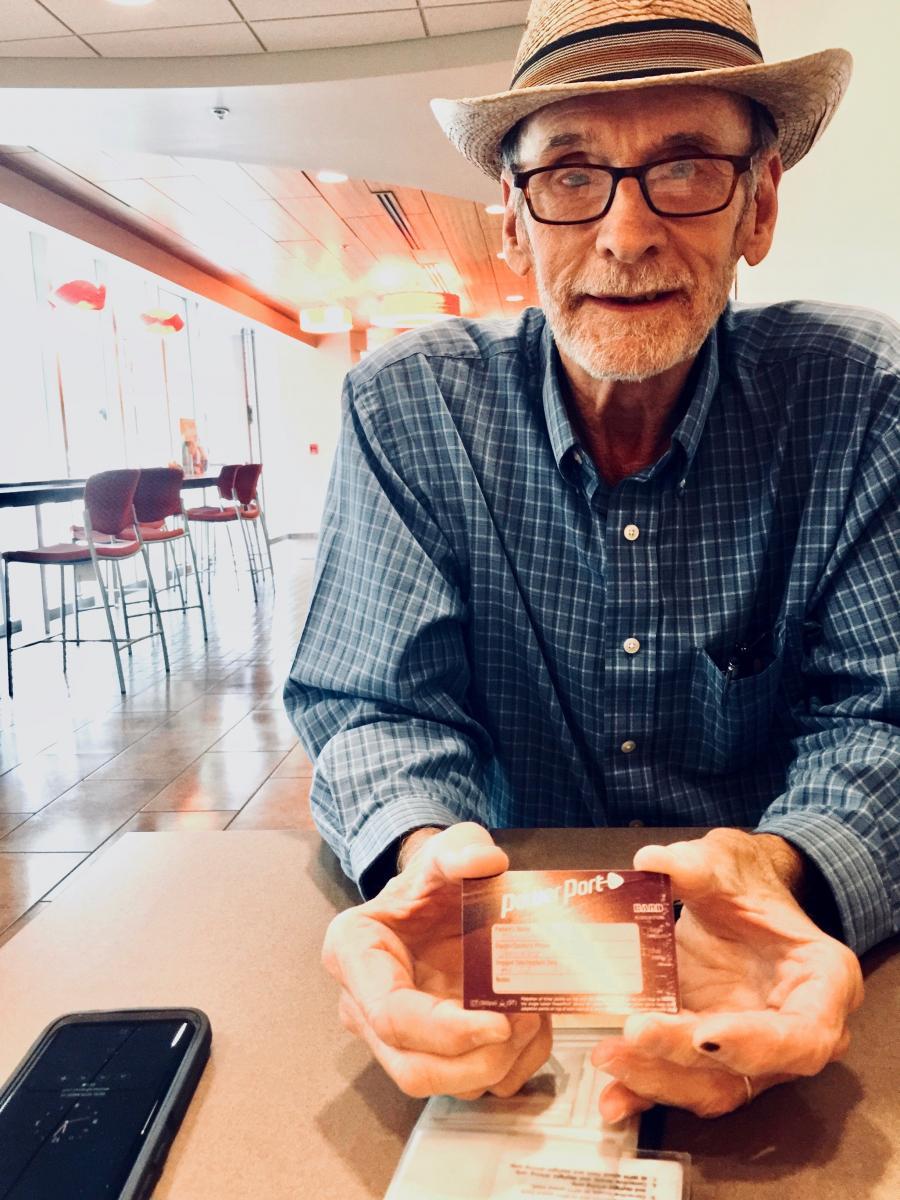Tom Dinwiddie, 69, was featured in the Journal of Gastrointestinal Cancer four years ago for having survived 30 months past an end-stage cancer diagnosis. He’s now lived nearly six years with no evidence of recurrent or metastatic disease.
Just after Thanksgiving last year, he made a special trip to Duke Cancer Center to share his story, explaining that it was his “moral obligation” to get the word out.
“In 10 months, I went from incurable to cured,” Dinwiddie said. “I've come back every year since. I’m not giving up these appointments.”
It was on April 2, 2012, that Dinwiddie’s local gastroenterologist in High Point, NC diagnosed him with metastatic stage 4 poorly differentiated neuroendocrine carcinoma of the pancreas. A CT scan revealed a 5-centimeter mass in the head of his pancreas and multiple tumors in his liver. A biopsy confirmed it was cancer.
His gastroenterologist said nothing could be done and he only had a couple months to live.
“When you hear the words it’s like getting hit upside the head with a brick,” said Dinwiddie, his voice trembling. “I cried myself to sleep.”
The next morning Dinwiddie told his wife Diane that he wasn’t going to “lay here and wait to die.”
“I was fighting mad,” recalled Dinwiddie. “I called the doctor back and said, “Look, if this was five years from now there would probably be a cure. Can you help me find a doctor who can keep me alive for five years? That’s my goal.”
He was offered referrals to MD Anderson, The Moffitt Center and Duke Cancer Institute. Duke Cancer Institute stepped up to take on Dinwiddie’s case.






